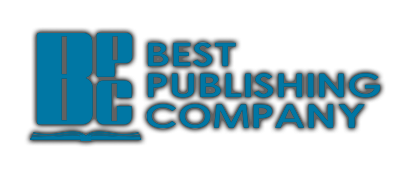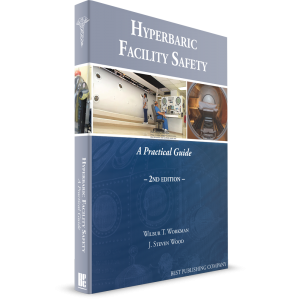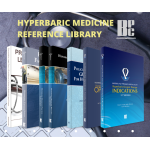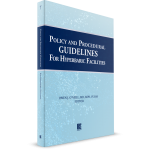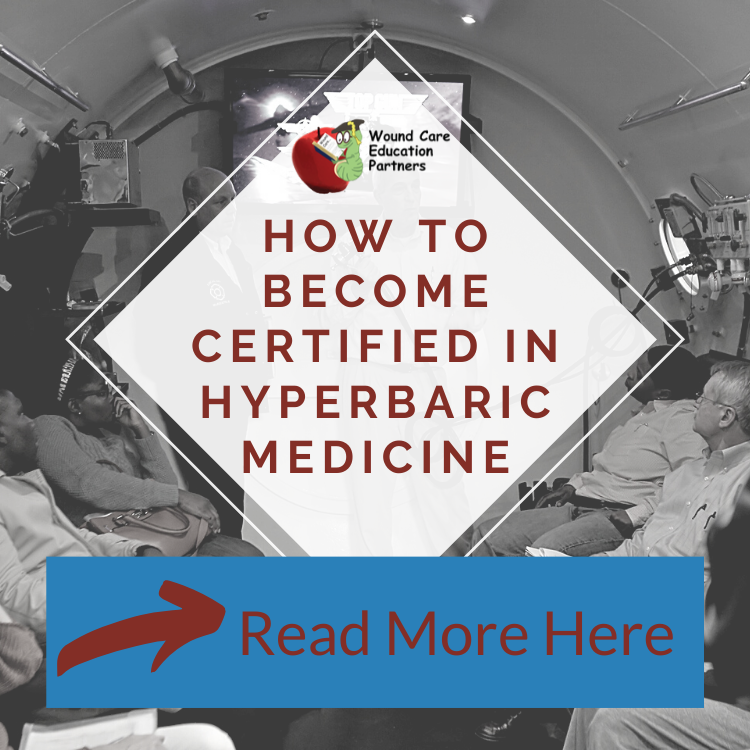Holiday Customer Support Closure
Please note that our customer support will be closed for the holidays starting December 24th through January 4th.
| Audio Book | eBook | Amazon | Kindle |
About the Book
When the first edition of Hyperbaric Facility Safety, A Practical Guide was published it became an integral part of virtually every hyperbaric facility’s reference library, serving as the go-to standard for a hyperbaric safety program.
- In this second edition, editors W.T. “Tom” Workman and J. Steven “Steve” Wood have endeavored to establish a comprehensive balance between those hyperbaric providers who have a keen interest in the underlying design standards and regulatory framework and those who need to “get it done.”
- The second edition is structured into two parts. The first part explains the various regulatory agencies that may influence the field of hyperbaric medicine (including international perspectives), while the second part emphasizes a nuts-and-bolts approach to hyperbaric safety program development and how the safety program integrates all aspects of a hyperbaric facility.
The editors, along with the 80 chapter authors and contributors bring experiences from clinical hyperbaric medicine, the U.S. Air Force and Navy, the UHMS Hyperbaric Facility Accreditation program, hyperbaric chamber engineering, manufacturing, and regulatory/standards development.
About the Editors
W.T. Workman
Tom Workman recently retired as the Director of Quality Assurance & Regulatory Affairs for the 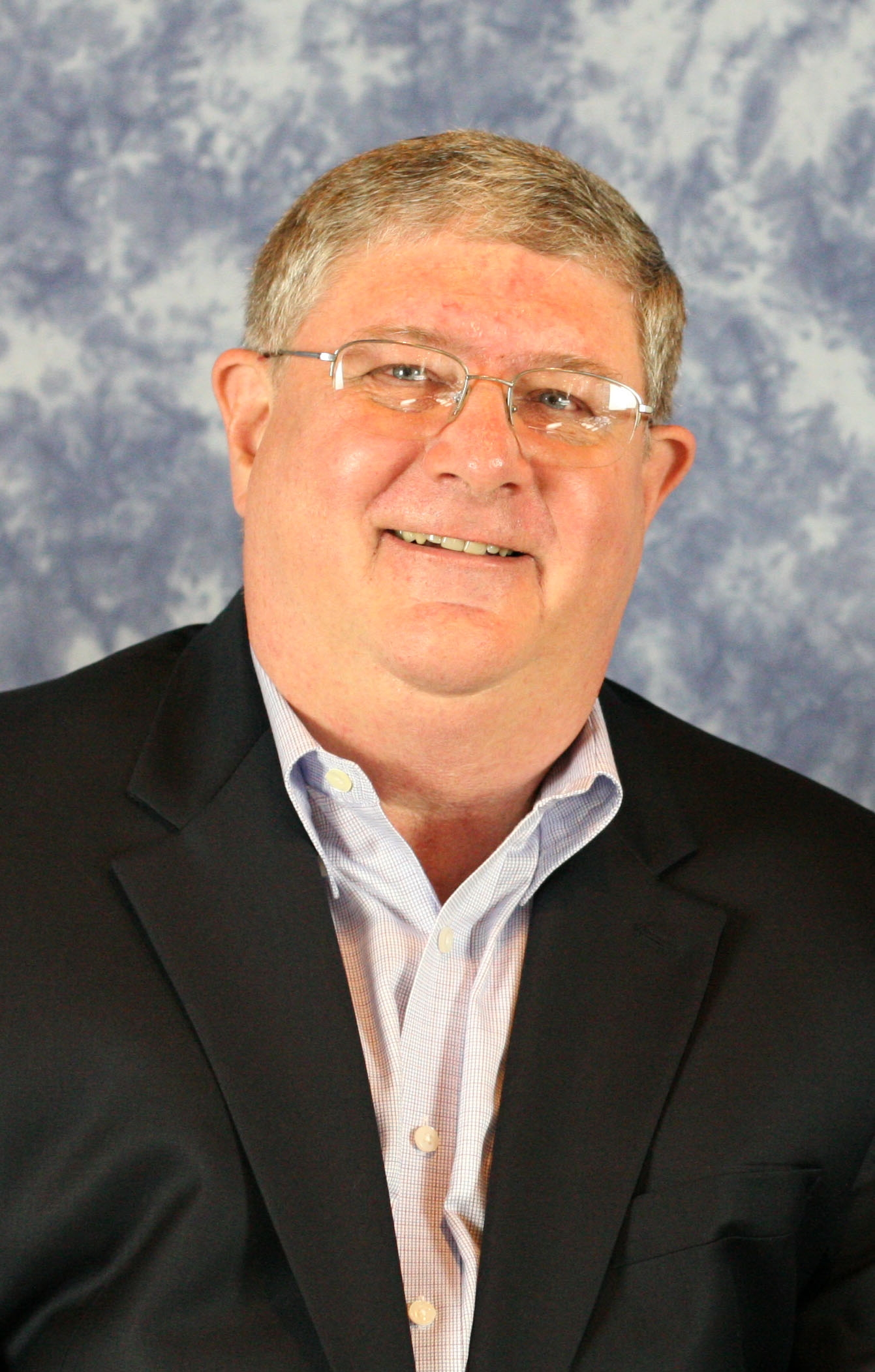 Undersea & Hyperbaric Medical Society. He was responsible for the development and management of the Society’s Clinical Hyperbaric Facility Accreditation Program.
Undersea & Hyperbaric Medical Society. He was responsible for the development and management of the Society’s Clinical Hyperbaric Facility Accreditation Program.
He retired from the United States Air Force as a colonel after more than 23 years of service devoted to aerospace and hyperbaric physiology. From 1980 to 1992, Col Workman was assigned to the USAF Hyperbaric Center, Brooks AFB TX. During his last three years there, he was the chief of the USAF Hyperbaric Medicine Program. From 1992 until his retirement as a chief, biomedical scientist in 1995, he served as commander, 9th Training Squadron, Beale AFB CA, where he was responsible for the worldwide physiological support for the only USAF manned high-altitude reconnaissance mission. In this capacity, he managed over 150 people and assets in excess of $47M. He also served as Deputy Commander, 9th Medical Group, Beale AFB CA.
Active in many professional organizations for over 45 years, he has served on the National Fire Protection Association’s Technical Committee for Hyperbaric and Hypobaric Facilities since 1984 and the American Society of Mechanical Engineers Pressure Vessel for Human Occupancy Technical Committee for 30 years, among many other committee leadership positions. Included in his many awards are the Undersea & Hyperbaric Medical Society’s (UHMS) Craig Hoffman Memorial Award presented in 2001 for his contributions to diving safety and the first UHMS Gulf Coast Chapter Wilbur T. Workman Award named in honor. He is also the recipient of the Aerospace Physiologist Society’s Paul Bert Award for Physiological Research, the Wiley Post for Operational Physiology and the Fred Hitchcock Award.
Mr. Workman has more than 130 publications and presentations including editorship of Hyperbaric Facility Safety: A Practical Guide and the UHMS Guidelines for Hyperbaric Facility Operations, 1st and 2nd Edition. He is board-certified by the Aerospace Medical Association in Aerospace Physiology and by the National Board of Diving and Hyperbaric Medical Technology in Hyperbaric Technology and is a Fellow of the Aerospace Medical Association.
J. Steven Wood
Steve Wood began his health care career at age 16, working in his hometown hospital as a 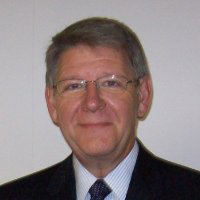 respiratory therapy technician. At age 18, he successfully challenged the Certified Respiratory Therapy Technician (CRTT) examination and later completed the requirements to become a registered respiratory therapist (RRT). During his 13 years as a clinical respiratory therapist, Steve specialized in adult and neonatal critical care and also managed several hospital RT departments. He attained credentialing as an emergency medical technician (REMT) and was active as an instructor in various emergency medicine training programs ranging from EMT to advanced cardiac life support.
respiratory therapy technician. At age 18, he successfully challenged the Certified Respiratory Therapy Technician (CRTT) examination and later completed the requirements to become a registered respiratory therapist (RRT). During his 13 years as a clinical respiratory therapist, Steve specialized in adult and neonatal critical care and also managed several hospital RT departments. He attained credentialing as an emergency medical technician (REMT) and was active as an instructor in various emergency medicine training programs ranging from EMT to advanced cardiac life support.
Steve’s hyperbaric career began in 1985 when he was introduced to hyperbaric medicine and was tasked with developing a hospital hyperbaric program. He was credentialed (with distinction) as a certified hyperbaric technologist (CHT) in 1993 and recertified in 2003 (also with distinction). Since that time, his career has taken him from a clinical caregiver role, to chamber manufacturing, consulting, and to co-founding one of the first hyperbaric contract providers. Steve has been a UHMS Associate member since 1986, Chair of the Associates, member of the Accreditation Council, and an accreditation surveyor since the program was introduced. In 2006, Steve received the Paul C. Baker Award, presented by the UHMS Associates for “outstanding contributions to the advancement of safety in hyperbarics worldwide.” He has presented multiple papers on technical and safety aspects of hyperbaric therapy, served as an instructor in multiple introductory and specialty hyperbaric courses, and was recently granted a US patent for a hyperbaric safety device. Steve was a contributor to the first edition of this text.
Specifications
| 9781947239210 | |
| Wilbur T. Workman and J. Steven Wood | |
| 640 | |
| Hardcover | |
| March 2020 | |
| Second |
